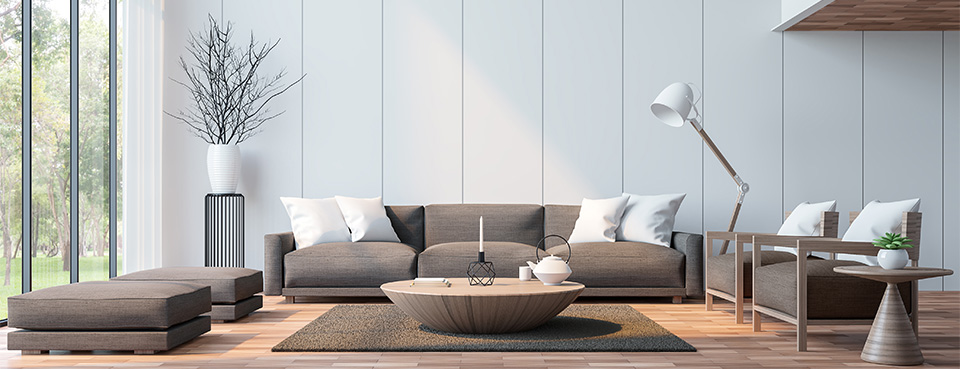Feature Connected Spaces
Easier than grouping
There are often connected areas in the home, such as the living room and kitchen, which are not separated by walls. Each area has its own speakers that can be switched on or off separately, but ultimately you always hear the same music. We call this feature 'Connected Spaces'. It is a simplified, permanent connection of rooms as an alternative to grouping.
 |
What problem do connected spaces solve?We call spatially connected listening zones "connected spaces". This is often an open space in which the living, dining and kitchen areas are combined. As there are hardly any walls in these rooms in many apartments/houses, these areas are connected listening zones. This is because it is not possible to listen to different music in the kitchen than in the dining area. Even if the TV is on, it is often not possible to listen to Internet radio in the kitchen at the same time.However, these areas often have their own loudspeakers. And it is not always desirable to listen to the TV program via the kitchen loudspeakers in the kitchen. For this reason, the speakers in this example, i.e. kitchen, living room and dining room, must be able to be switched on separately and also allow individual volume levels. The special feature is that the same music source is always heard, but not necessarily in all areas at the same time. And if the source is changed in the dining room, the areas that are currently listening to music should also change the source. |
 |
How does trivum implement Connected Spaces?With our multiroom setup, you can create multiple Connected Spaces consisting of any zones. Each zone within a Connected Space can change the music source.Once a source is changed in a zone that is part of a Connected Space, all other powered-on zones within the Connected Space adopt the same source. This ensures that different music doesn’t play simultaneously in different areas, allowing you to enjoy the same sound everywhere. This makes switching music in multiple rooms effortless – without complicated settings or groupings. |
 |
Advantages of connected spaces... |
 |
How can you customize Connected Spaces?General settings
|
 |
What are the limitations of connected spaces?
The following devices support "Connected Spaces":
|






